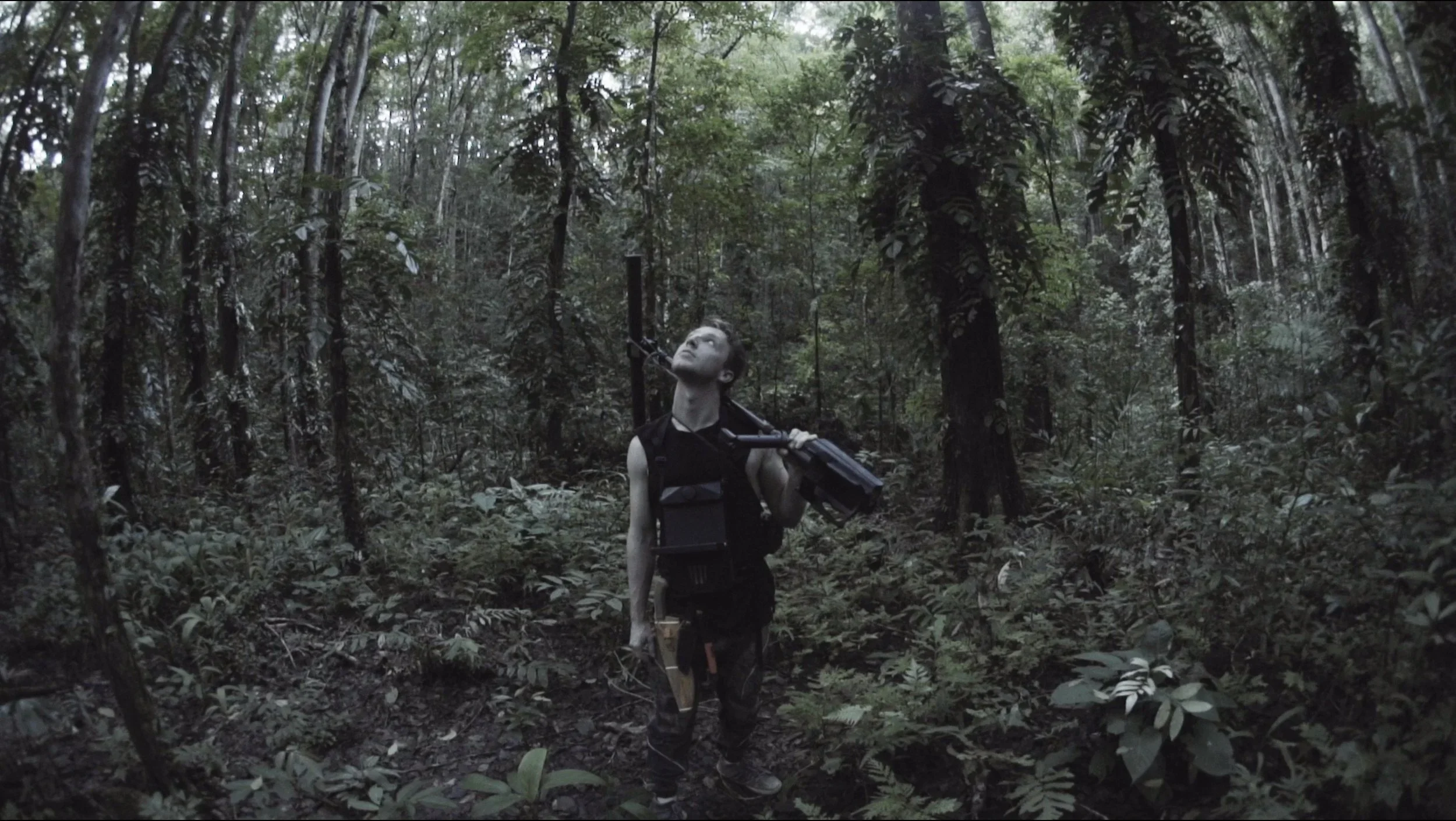‘Essential Truths of the Lake’ REVIEW: Murkier and murkier truths
‘Essential Truths of the Lake’ REVIEW: Murkier and murkier truths
A rough-shod, jacketed Hermes Papauran (John Lloyd Cruz) searches for something. Taken from the Epicmedia Website.
Minor spoilers for Essential Truths of the Lake ahead.
When Lav Diaz, a remarkably unconventional auteur defined by his lengthy pieces, decides that the next course of action in his unending quest of long and slow cinema is to create a trilogy, it is worth asking from there, why he chooses a character whose fate and nature is very well decided by his first outing. Much of what is gleaned from John Lloyd Cruz’s Hermes Papauran is succinctly noted in the fantastic When the Waves Are Gone. How else are the foundations reinforced to a character markedly defined by the machismo and violence further explored? Apparently, it is not to dive deeper, but to explore what makes him the scornful and scummy police lieutenant whose righteousness is defined by corrupted morals. Simply, how else can the anti-he Papauran be tortured?
In Essential Truths of the Lake, we find that the answer is the unseen force of time; one that serves to justify his righteous, though fascist, underpinnings. As his superior asks, “What ails the Philippine National Police?” It becomes clear that among many things, finality is a prerequisite to what is right. In fact, it is a very familiar concept that has been explored by Lav in previous works: the search for truth. Just as he explored it in his 2001 masterpiece, Batang West Side, Essential Truths of the Lake imposes itself to be about death, the search for answers, and the (un)justification of institutional violence. It doesn’t offer anything new, but Lav fans will appreciate his capacity to illustrate the blurred lines between dreams and nightmares.
The story revolves around a 15-year-old case involving the disappearance of Esmeralda Stuart. It is a case often revisited by the forsaken Hermes, as he finds himself seeking solace for his first kill under the Duterte administration. In doing so, the story wraps itself around a collection of dreams and nightmares that lay the groundwork for Hermes’ anxious thoughts. The shaky cams; and the unnerving close-ups; such techniques effectively amplify the nature of this film that, in place of Ronnie Lazaro’s Supremo Macabantay from the first film, it is a bevy of exotic dancers, close-ups, and bloodied nightmares that pepper Hermes’ dreams.
Much of that anxiety takes place in the backdrop of Taal: a set piece more recently associated with the 2020 eruptions which becomes crucial later in the film. In a way, it is consistent with Lav’s thematic display of disaster as an extension of his characters’ insanity. Such a locale’s natural tendency to be cold and chilly are details that are aptly accentuated in the story’s progression. The complementary performances, which John Lloyd and company reciprocate, are even worth praising if one can accept the more subdued nature of this film. There are no skin allergies to be found here, folks. Only a missing Philippine Eagle whose disappearance causes some type of insanity.
What is ultimately crucial with Essential Truths of the Lake is that it attempts to unearth and process time as a bridge to the truth. Just as essential to the cold case (aptly titled “The Philippine Eagle”, by the way) are sections of the film where people attempt to grasp its inescapable nature. Esmeralda’s fellow activists in the wake of her disappearance; a mother grieving the untimely death of her son; a father endlessly digging up piles and piles of volcanic ash in search of his family. It’s a facet that Lav has understood for a long time, and its display exists here as a double-edged sword. However, at times, it is easy to lose track of the chronological order of events because the film has incredibly entrancing moments that make one wonder whether they’re a dream or something real. It’s quite good at deceiving the audience; in capturing some type of allure.
A fisherman is quietly rowing somewhere along Taal Lake.
But in bridging itself, the film seems too distant from the contemporary subject matter by the end of it. Lav’s attempt to construct the film both as an understanding of truth-searching and an expression of its resulting disillusionment just feels like an updated retreading of Batang West Side, only deviating from whom its main subject is a representation of. That’s not to say this film is any less interesting, but for a film by an auteur whose filmography attempts to shed light on the transgressions of the Philippine condition, much has been said in a better state many, many years ago. Where the aforementioned film is an endless search for truth lost within the Martial Law diaspora, here it feels like a film about people searching without much of a strong connection to contemporary politics to begin with.
That’s not to say the film suffers significantly in its familiarity. The personal anguish conveyed by its social injustices and the sweeping disillusionment laid down by its cast is remarkable. John Lloyd Cruz continues in his quest to stay in form as Hermes, while successfully reconfiguring him to be a character yet to fully identify with the physical and psychological collapse of his being. Sequences, where characters attempt some type of catharsis in their loss, are where the film is at its most remarkable. It’s the same justifications that clarify why Lav’s choices of locale, these disaster-stricken places, complement the deliriousness that is tied to loss and death. Even in its somewhat weaker expression of the truth, what Lav and his cast capture here is nothing short of spectacular.
Essential Truths of the Lake, in short, finds Lav Diaz revisiting moments that are undoubtedly familiar. Its endless search for answers has been previously presented in a more striking fashion, but the present iteration still finds itself to be undeniably cold and mysterious.
Essential Truths of the Lake was screened at QCinema 2023 as part of the Special Screenings section.















